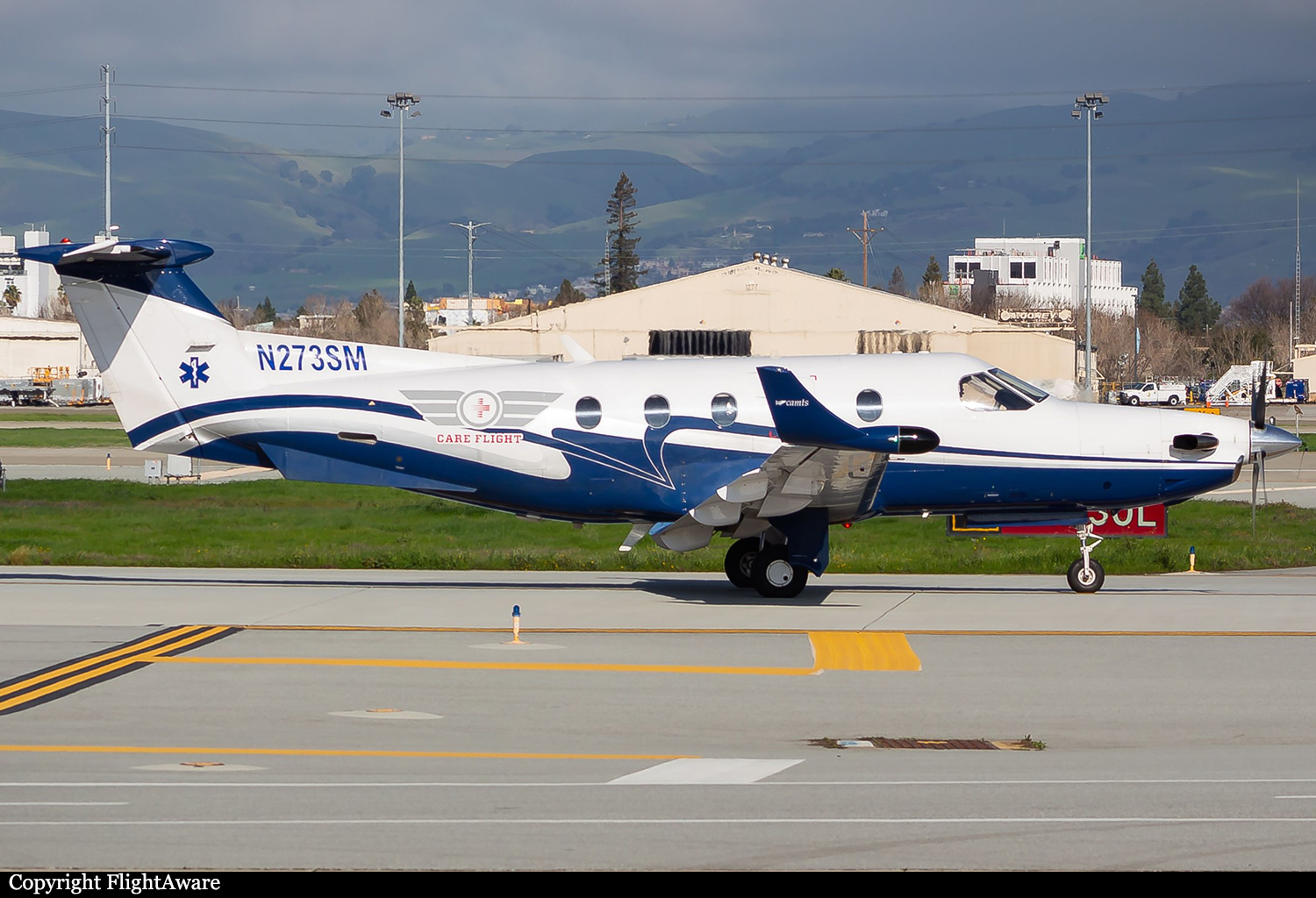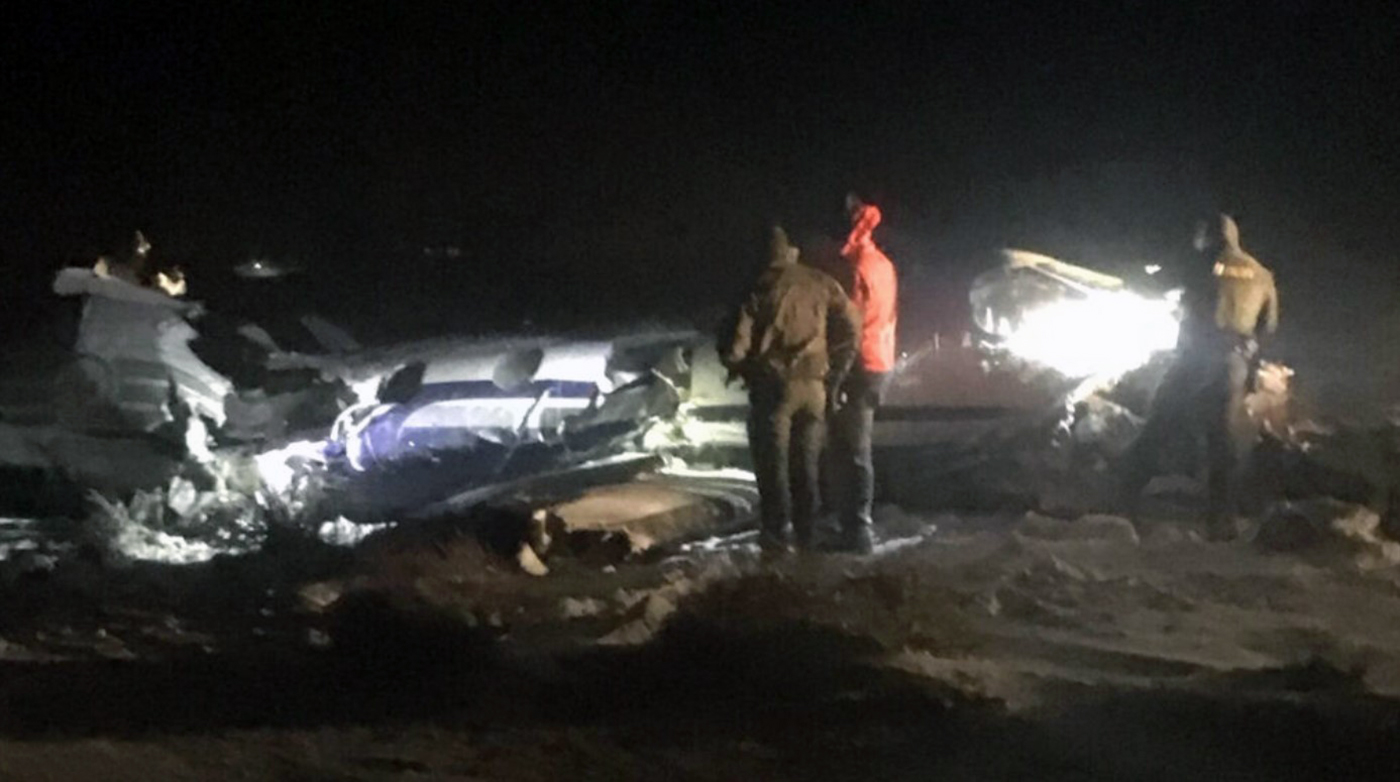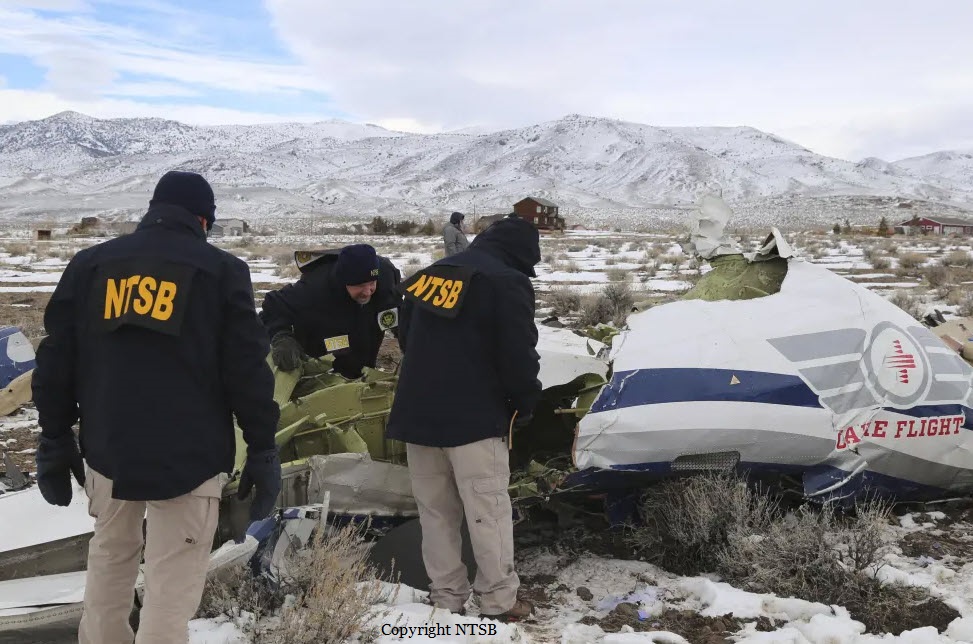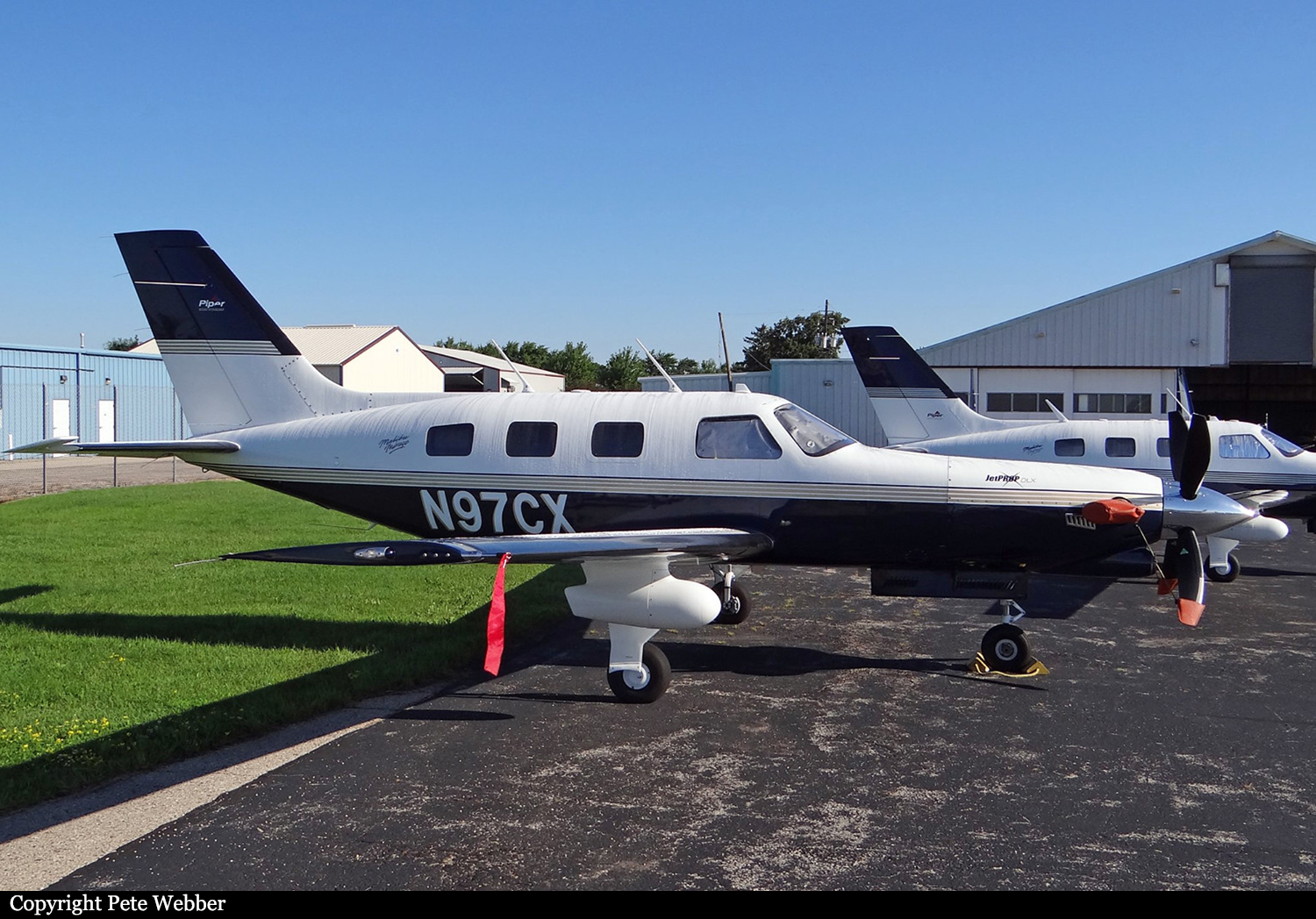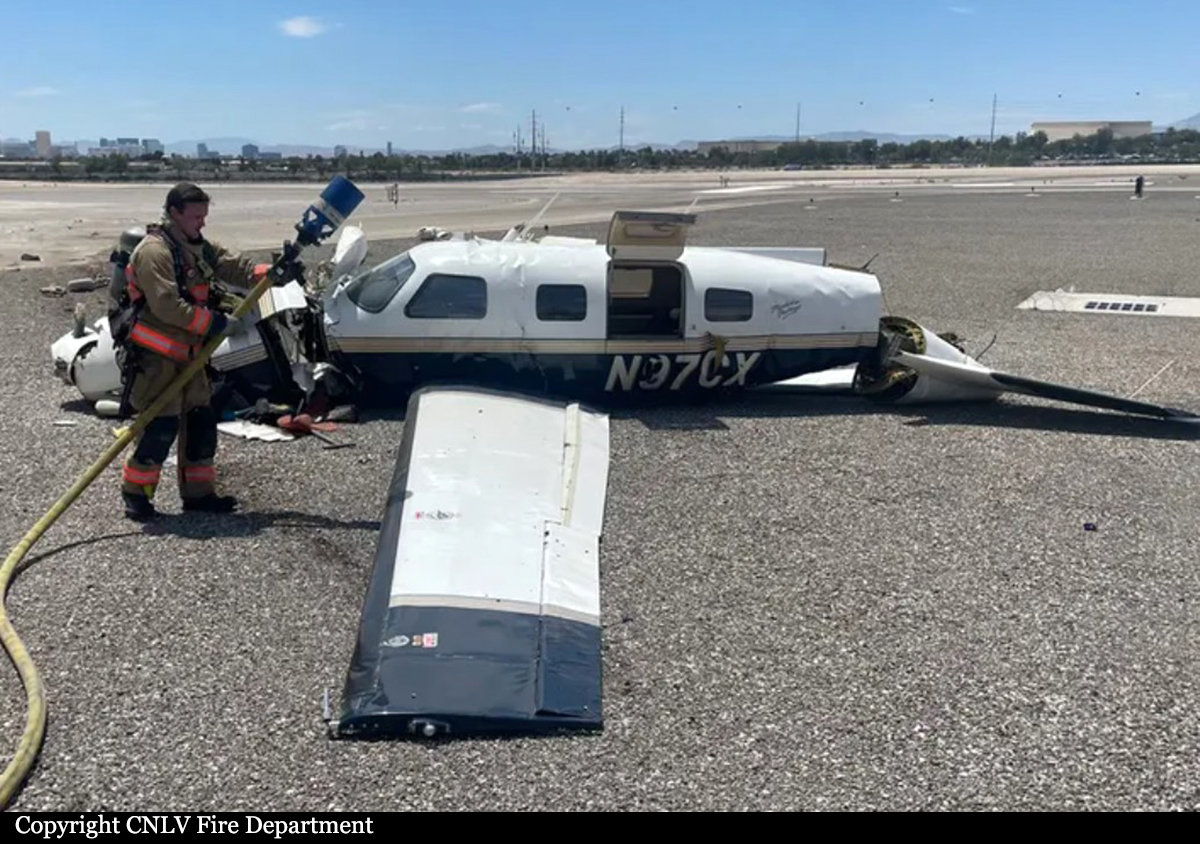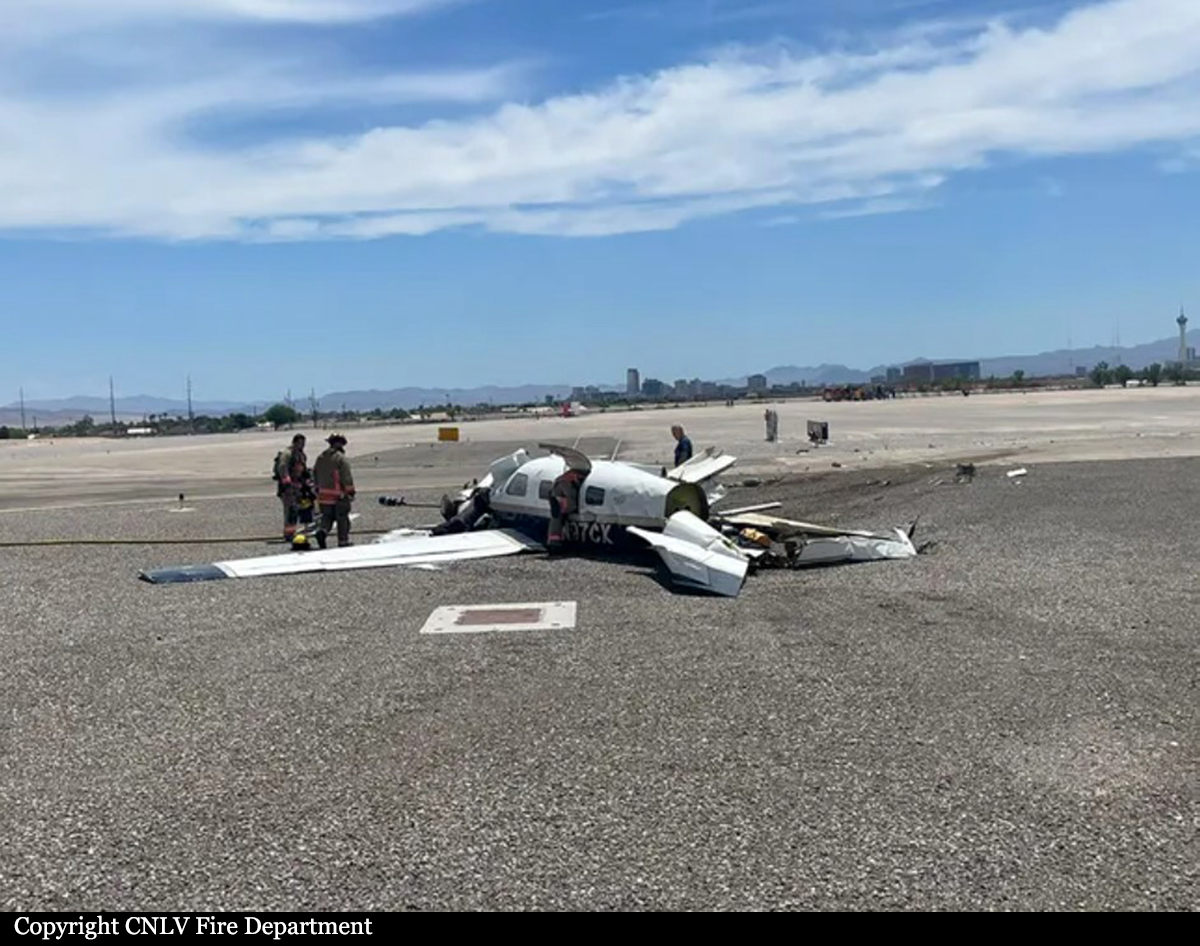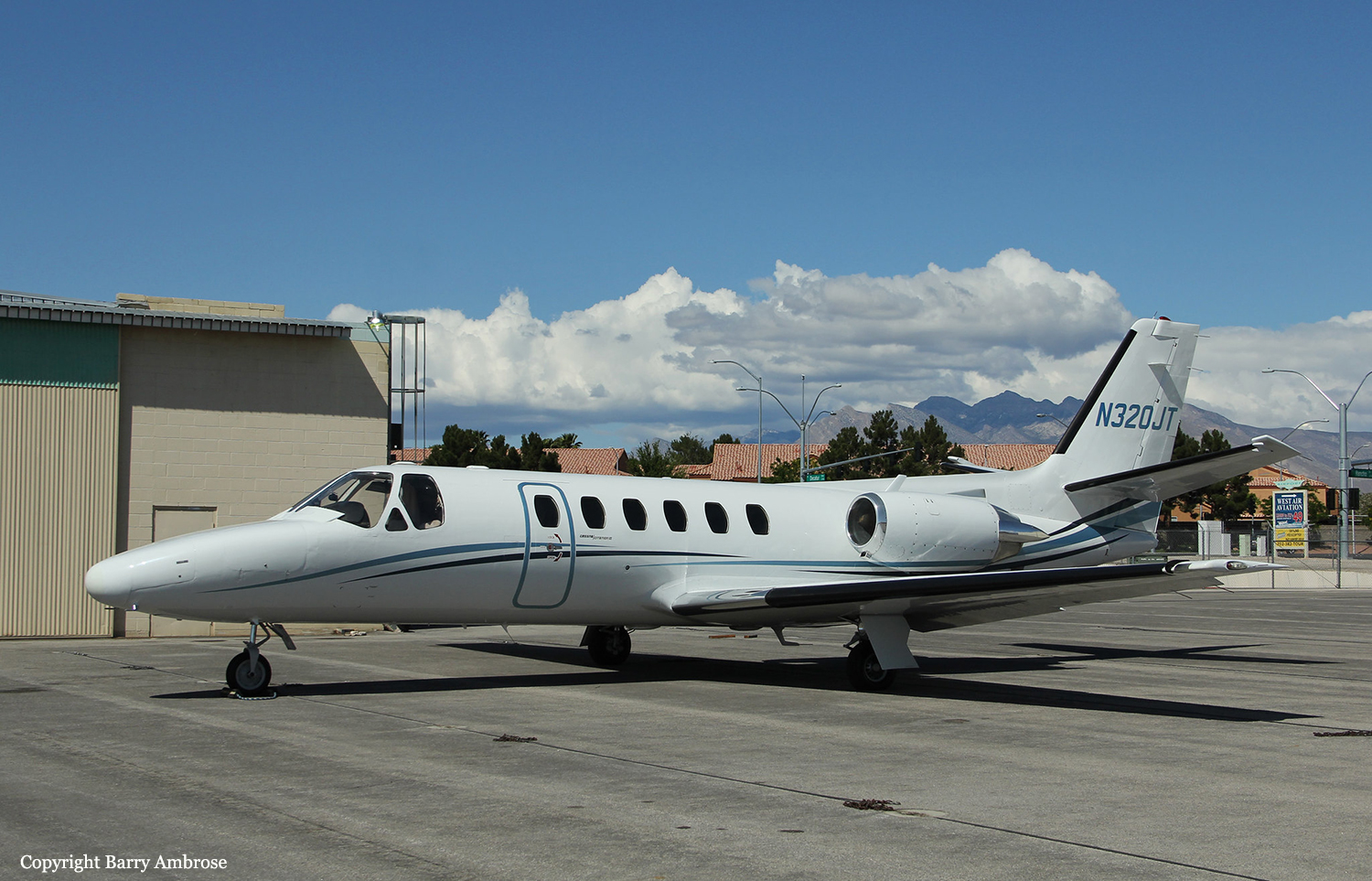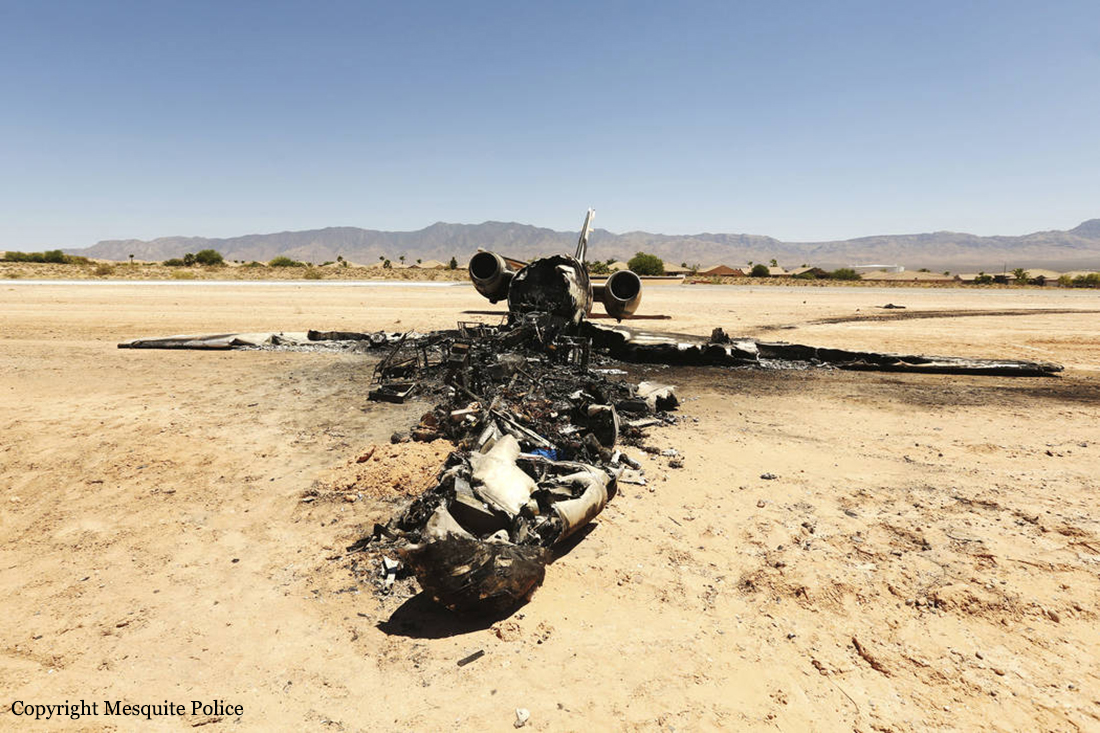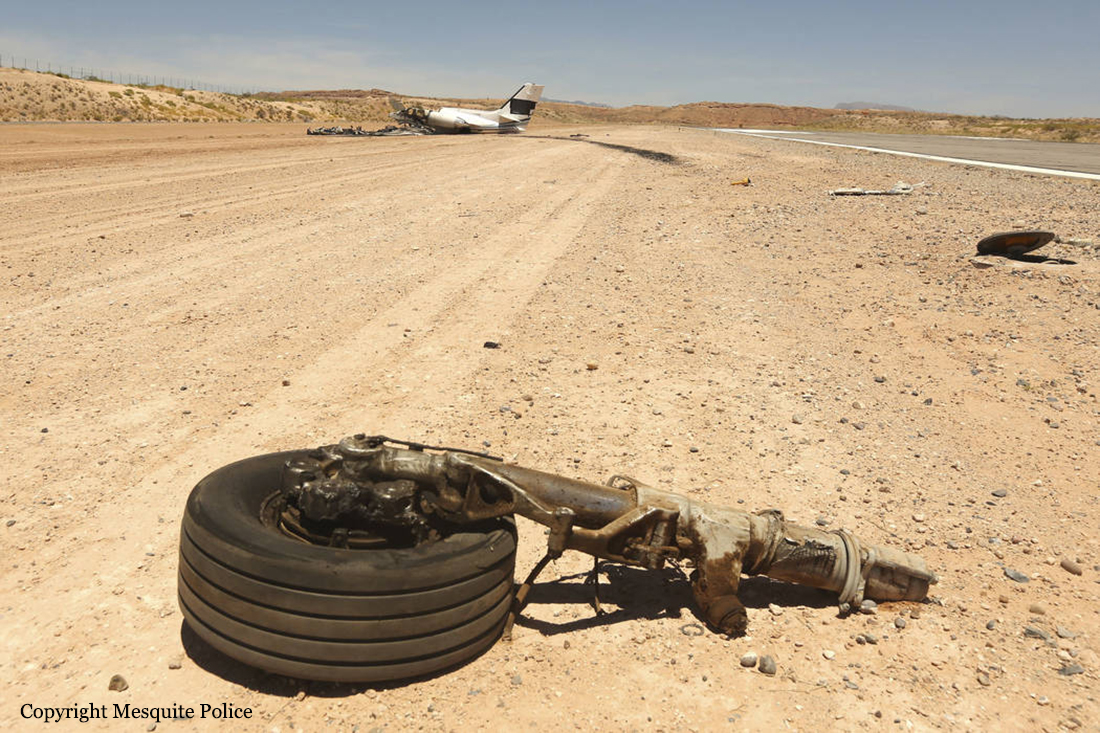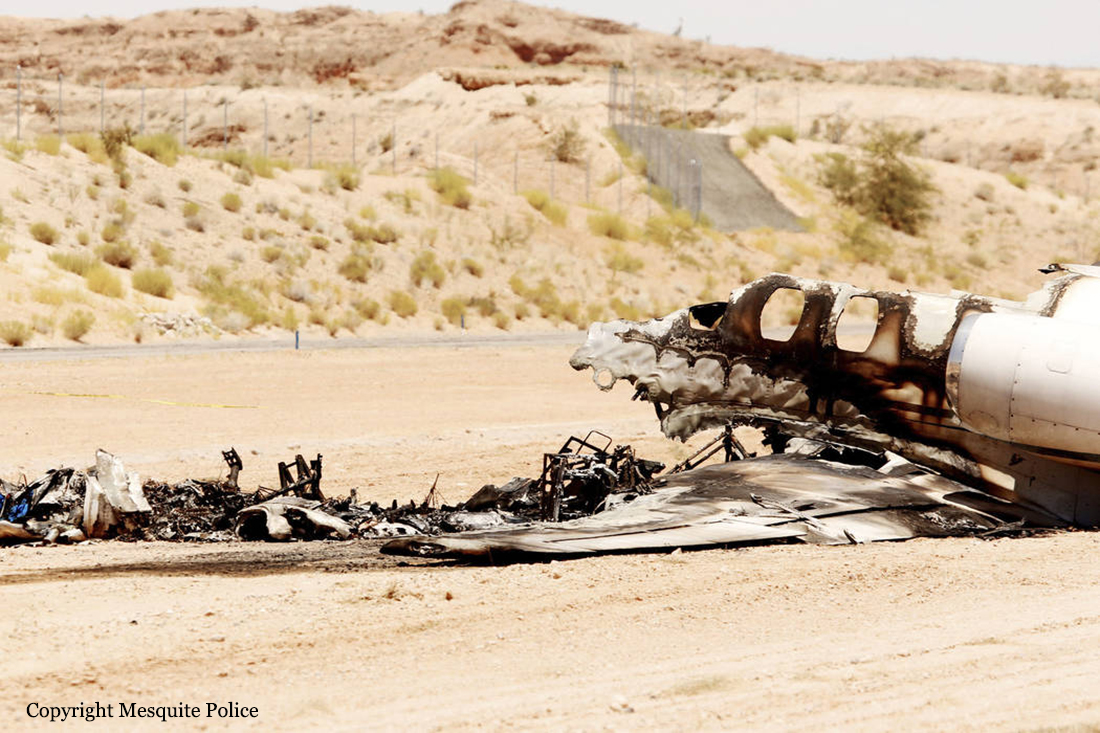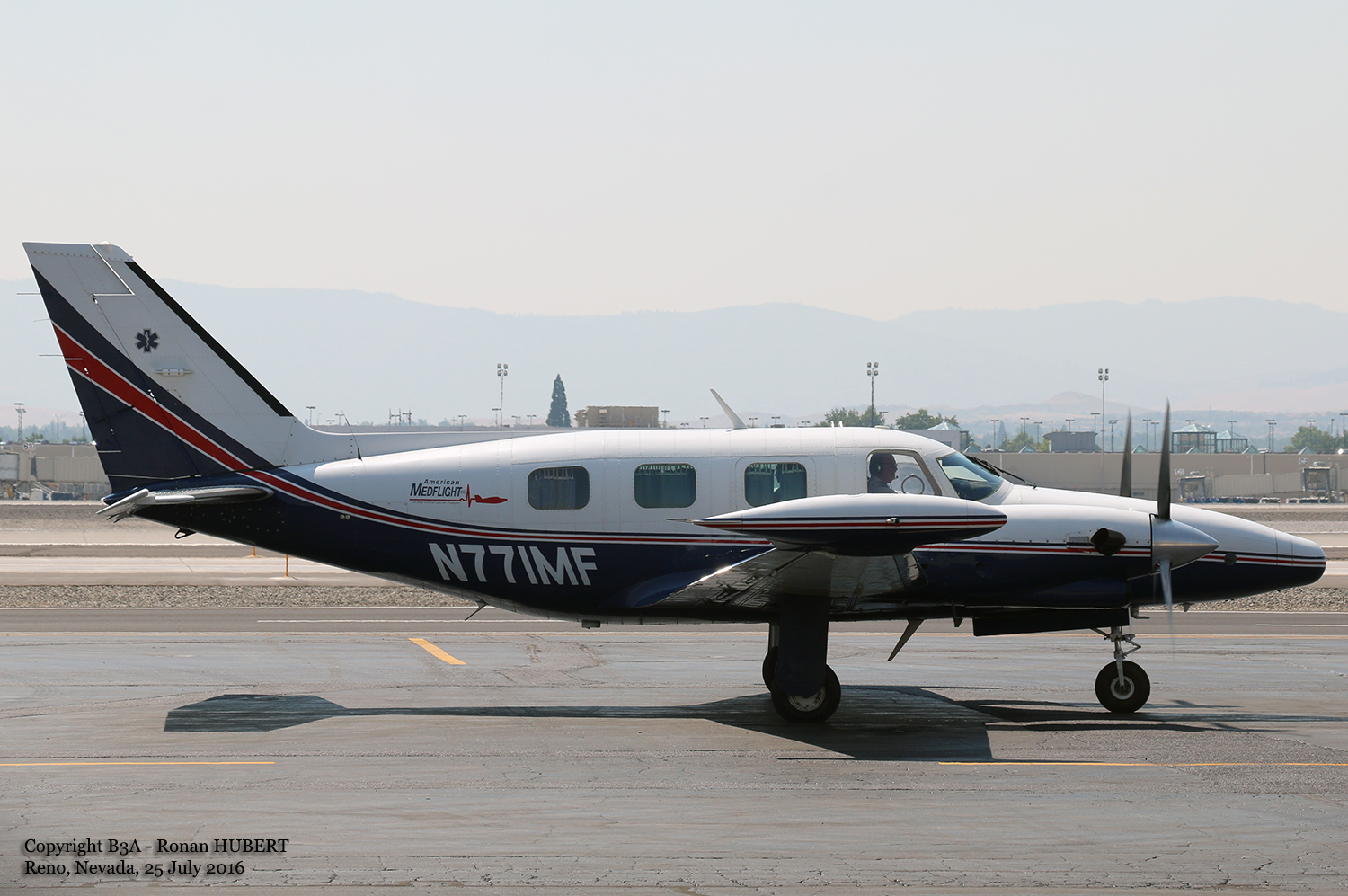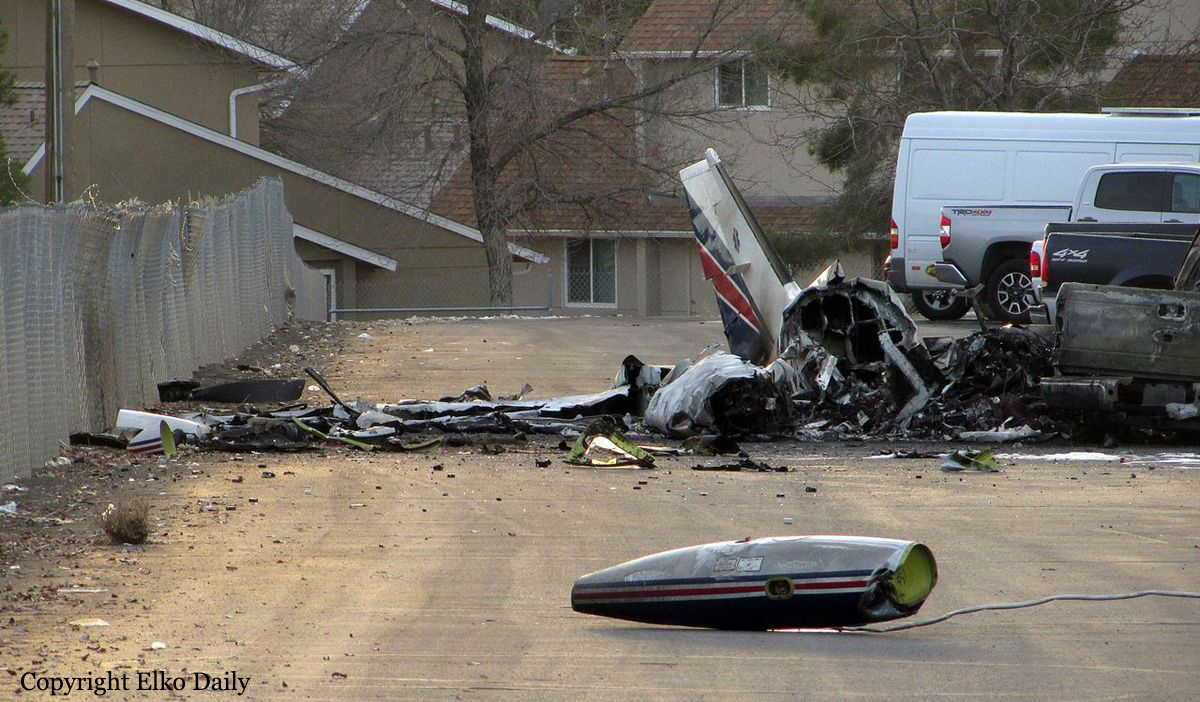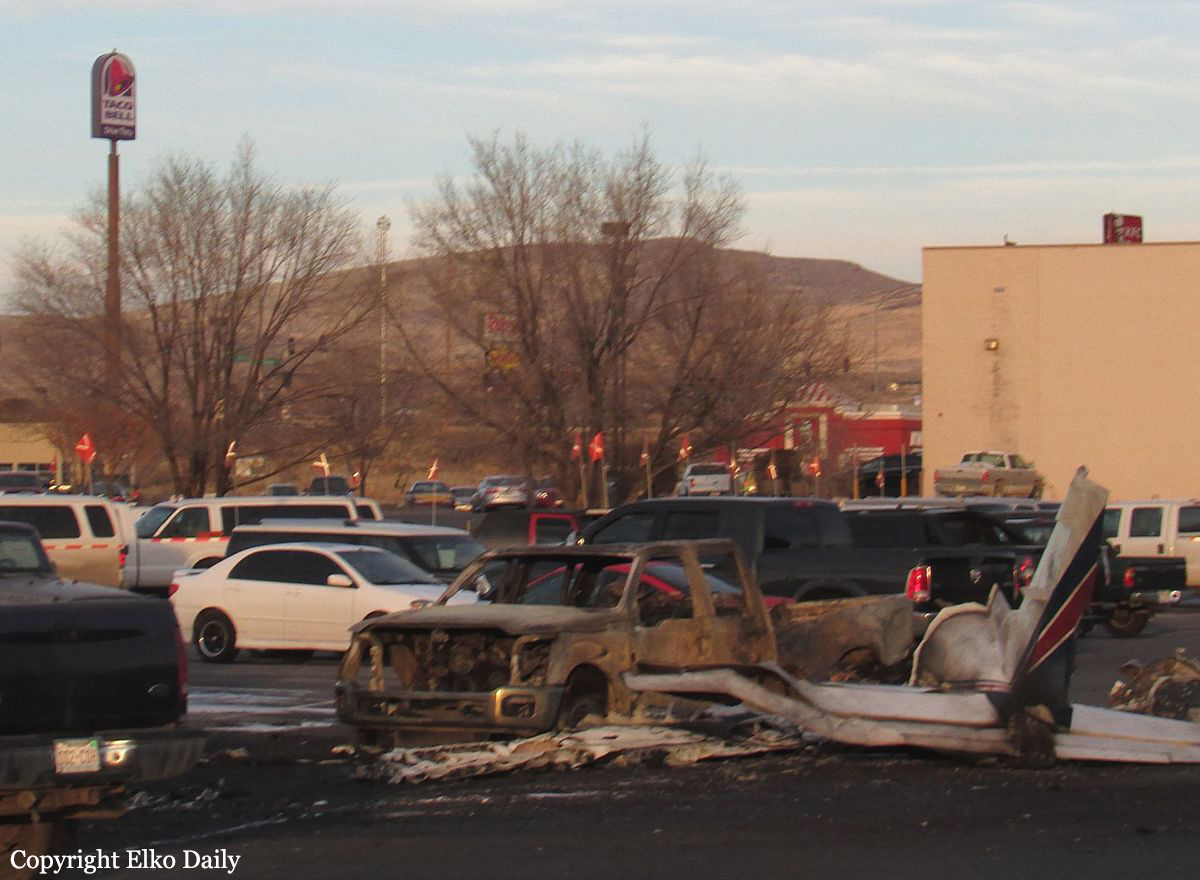Circumstances:
On July 17, 2022, about 1204 pacific daylight time, a Piper PA-46-350P airplane, N97CX, and a Cessna 172N airplane, N160RA, were destroyed when they were involved in an accident near Las Vegas, Nevada. The two pilots in the PA-46, and the flight instructor and student pilot in the Cessna 172, were fatally injured. The PA-46 was operated as a Title 14 Code of Federal Regulations (CFR) Part 91 personal flight, and the Cessna 172 was operated as a Title 14 CFR Part 91 instructional flight. Both airplanes were maneuvering to land at North Las Vegas Airport (VGT), Las Vegas Nevada, when the accident occurred. N97CX had been instructed by air traffic control (ATC) to fly left traffic for runway 30L and N160RA had been instructed to fly right traffic for runway 30R. The airplanes collided about 0.25 nautical miles from the approach end of runway 30R. Figure 1 shows a simplified flight path diagram for the accident flights based on Federal Aviation Administration Automatic Dependent Surveillance – Broadcast (ADS-B) data. N97CX was operating as an instrument flight rules (IFR) flight and had departed from Coeur d'Alene Airport - Pappy Boyington Field (COE), Coeur d'Alene, Idaho about 0943, destined for VGT. N160RA was operating as a visual flight rules (VFR) training flight at VGT. N160RA was in the VFR traffic pattern for runway 30R, flying a right-hand traffic pattern and communicating with the VGT local controller. N97CX was inbound from the north on an IFR flight plan from COE. At 1156:08, the Nellis Radar Approach Control air traffic controller cleared N97CX for the visual approach and instructed the pilot to overfly VGT at midfield for left traffic to runway 30L. Air traffic control responsibility for the flight was transferred from Nellis Radar Approach Control to VGT at 1158:26. At 1158:43, the pilot of N97CX contacted the VGT local controller and reported “descending out of 7,600 feet msl for landing on three zero left and ah Nellis said to cross midfield.” The VGT local controller responded, “continue for three zero left.” The pilot acknowledged and stated, “okay continue for runway three zero left nine seven charlie x-ray we will cross over midfield.” At 1200:03, the pilot of N160RA requested a “short approach.” The VGT local controller transmitted “zero romeo alpha short approach approved runway three zero right cleared for the option,” which was acknowledged by N160RA. This information is preliminary and subject to change. At 1201:36, the VGT local controller transmitted “november seven charlie x-ray runway three zero left cleared to land.” The pilot of N97CX responded “three zero left cleared to land nine seven charlie x-ray.” At 1201:57, the VGT local controller transmitted “seven charlie x-ray I think I said it right runway three zero left seven charlie x-ray runway three zero left.” At 1202:02 the pilot of N97CX transmitted “yeah affirmative runway three zero left that’s what i heard nine seven charlie x-ray”. There were no further transmissions from either airplane. Examination of N97CX revealed that the airplane impacted in a nose low, right wing down attitude. The landing gear was down, and the right main landing gear was displaced outboard. The right wing displayed an impact separation around wing station (WS) 93. The right inboard wing section remained attached to the fuselage but was canted aft. The right wing flap was fractured about midspan; the inboard section remained attached to the wing and was found in the extended position. The outboard half of the flap was found about 10 ft forward of the right wing. The right wing leading edge displayed a series of crush impressions to the leading edge about 2.5 ft outboard of the wing root. The impressions contained flakes of green primer, and cuts to the de-ice boot. The outboard right wing section remained attached to the inboard wing by the aileron control cables. The aileron remained attached to the outboard wing section but was impact damaged. The outboard leading edge was crushed up and aft. The right wingtip fairing and pitot tube were also impact separated. Longitudinal scratches were visible along the right side of the fuselage. Examination of N160RA revealed that, the airplane had impacted terrain in a left-wing and nose-low attitude before coming to rest inverted on a 304°magnetic heading. Both inboard portions of the wings sustained thermal damage in the areas surrounding the fuel tanks, and the cabin and fuselage, except for the cabin roof, were consumed by a post-impact fire. Blue paint transfer was observed on the lower surface of the separated outboard left wing and the lower surface of the left wing flap. Black de-ice boot material transfer was observed on the lower surface of the separated outboard left wing, the lower surface of the attached portion of the left wing at approximately WS 100, and for an approximate 5 ft long distance outboard of the strut attach point, along the lower leading edge. About 4 ft of the left wing, which included the left aileron, was separated from the left wing, and was found on the edge of a culvert just south of the main wreckage. The left outboard wing section aft of the forward spar was found to be separated near the aileron-flap junction. The left wing flap was found to be separated from the wing.



